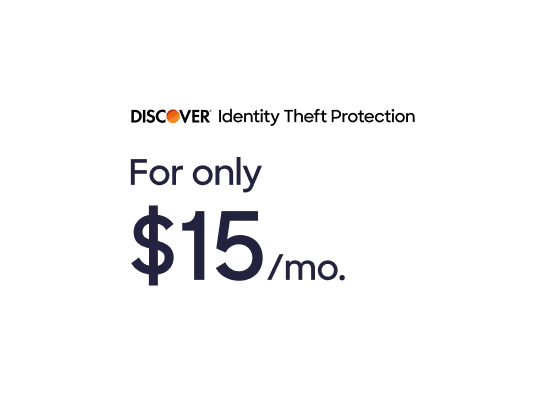In recent years, information security has become a frequently discussed topic. And no wonder—data provided by the Federal Trade Commission shows that Americans lost more than $5.8 billion to fraud in 2021, over a 70% increase from 2020. Consider these three tips to help protect yourself from credit card fraud and identity theft.

Three Easy Ways to Help Protect Yourself from Fraud and Identity Theft
Key points about: how to protect yourself from identity theft and credit card fraud
-
Regularly checking your credit report and score can help detect irregularities that may point to fraud.
-
Strengthening your login practices can reinforce your account security, such as using different passwords for different accounts and enabling two-factor authentication.
-
Carefully reviewing your monthly credit card statement is one way to spot fraudulent charges.
1. Know Your Credit Score
Many people only find out they’ve become a victim of identity theft after they’ve had a loan application rejected. But instead of waiting until after the fact, consider being proactive by regularly checking your credit report and score for irregular activity and changes.
2. Strengthen your passwords
It can be difficult to manage the login information for all your online accounts, but you still shouldn’t have simple passwords or reuse the same ones for multiple websites. Instead, try using a password manager to ensure your credentials aren’t easily stolen.
Also, consider enabling two-factor authentication that can help keep your accounts safe even if your password is compromised. Two-factor authentication requires a one-time use code that’s sent to your smartphone before anyone can log in to your account from a new device.
3. Scrutinize your statements
While you may not be able to be 100% protected against identity theft, tracking your credit card spending is a great way to stop fraudsters. By thoroughly checking your monthly billing statements, you can look for purchases you don’t recognize and report any suspicious activities to your credit card company. You can also report such activities to the Federal Trade Commission.
Did you know?
The Fair Credit Billing Act states that credit card users have a $50 maximum liability in the case of fraud. And some credit card issuers have additional policies to protect cardmembers. For example, at Discover, you’re never held responsible for unauthorized purchases on your Discover Card.1
Cybercriminals change their tactics all the time, but by taking these three proactive steps, you can help protect yourself from credit card fraud and keep your information—and your financial life—as secure as possible.
Next steps

No impact to your credit score

See rates, rewards and other info
You may also be interested in
Was this article helpful?
Was this article helpful?
- $0 Fraud Liability: An “unauthorized purchase” is a purchase where you have not given access to your card information to another person or a merchant for one-time or repeated charges. Please use reasonable care to protect your card and do not share it with employees, relatives, or friends. Learn more at Discover.com/fraudFAQ.
- Legal Disclaimer: This site is for educational purposes and is not a substitute for professional advice. The material on this site is not intended to provide legal, investment, or financial advice and does not indicate the availability of any Discover product or service. It does not guarantee that Discover offers or endorses a product or service. For specific advice about your unique circumstances, you may wish to consult a qualified professional.


